11+ Sample Grant Budget Proposal
-
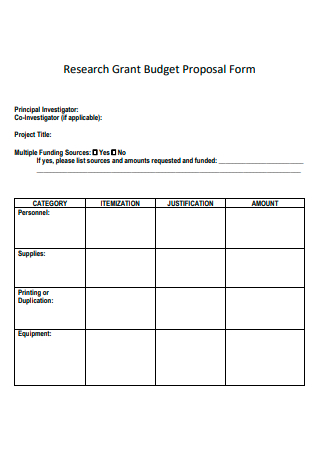
Research Grant Budget Proposal Form
download now -
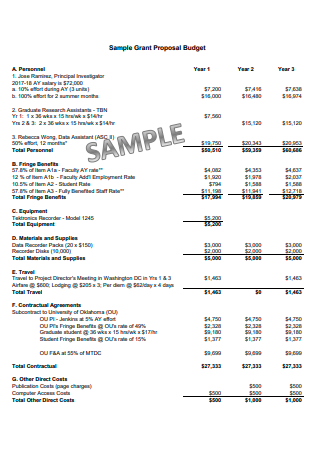
Sample Grant Budget Proposal
download now -
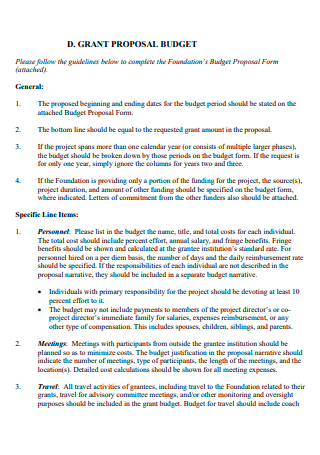
Grant Budget Proposal Example
download now -

Draft Grant Budget Proposal
download now -
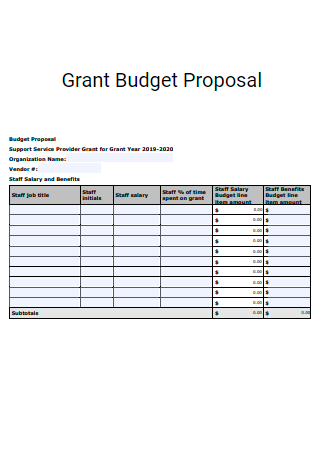
Basic Grant Budget Proposal
download now -
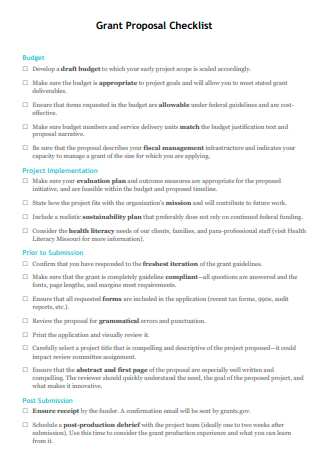
Grant Budget Proposal Checklist
download now -
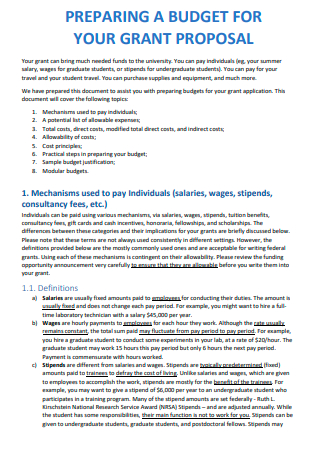
Grant Budget Proposal in PDF
download now -
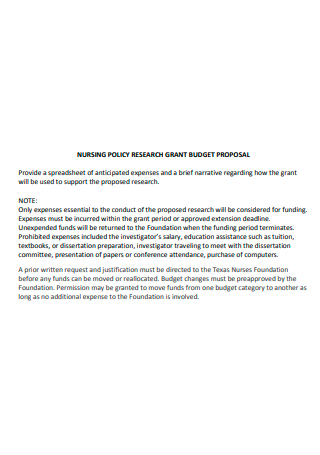
Nursing Policy Research Grant Budget Proposal
download now -

Grant Budget Proposal Form
download now -
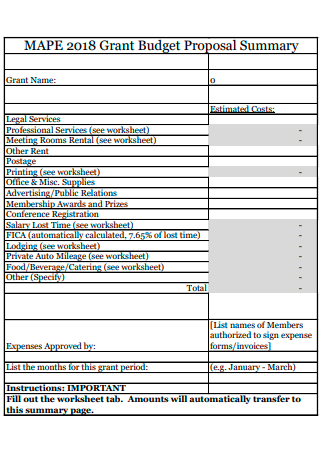
Grant Budget Proposal Summary
download now -
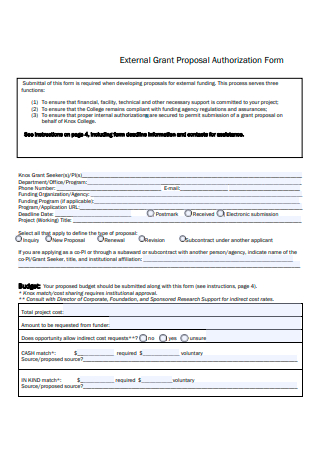
Grant Budget Proposal Authorization Form
download now -
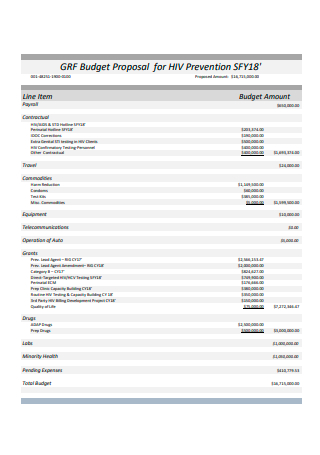
Simple Grant Budget Proposal
download now
FREE Grant Budget Proposal s to Download
11+ Sample Grant Budget Proposal
Components of a Grant Budget Proposal
What Is a Grant Narrative?
How To Write A Grant Budget Proposal
FAQs
What is included in a grant budget?
What is the purpose of the budget in a grant proposal?
How do you write a budget estimation for a grant?
What Is a Grant Budget Proposal?
A grant budget proposal provides a clear and accurate outline of a program or project, its costs, and its eligibility under the grant the business is applying for from a particular institution. The grant budget is an essential portion of any budget proposal as it informs the grant funding entity where the person requesting the grant intends to use the funding. While a compelling written justification of the funding request proves to be of significant value, a comprehensive and structured budget paints a clear picture of the intentions of the entity requesting the grant. A high-quality grant budget proposal increases the likelihood of approval and makes it easier for the organization to run the program knowing a clear outline of how much they can spend, helping them prepare an accurate grant report with ease when the funding agency asks for the document. Writing a grant budget proposal is similar to creating an operational budget for an organization. An operating budget details the expected income and expenses for the following year, and a grant budget outlines associated costs for a program that needs funding for a set period.
According to the information from the National Philanthropic Trust website, where they collect and curate statistical data from recent studies and reports regarding charity donations and giving in the United States, an estimate of 471.44 billion US dollars come from different Americans in 2020, a 5.1 percent increase from the previous year for general philanthropy data.
Components of a Grant Budget Proposal
Estimate budgets of a grant budget proposal refer to the financial plan for all the possible expenses of a project or program. The budget for the grant proposal must demonstrate and serve as a comprehensive plan for the grant funders and the entity, whether an individual, group, or organization, to use the money for both operational aspects and miscellaneous expenses of the project. Make sure to create the budget according to the guidelines provided by the funding body. However, the major elements of the grant budget comprise two broad categories, namely direct and indirect costs.
What Is a Grant Narrative?
Grant narratives for a budget are supplementary documents to the grant budget proposal that provides space for the individual or organization asking for the grant to explain the process of computing the grant proposal, especially the budget and expenses that expands the description of each item of the budget line, sharing additional funding sources for the planned project. While the grant budget paints the grant funding in numbers, the narrative extends on the given information, providing context and meaning. The budget narrative starts with each component or category of the grant budget, providing additional explanation and justification for incurred items. The grant budget lists expenses as personnel or materials; the narrative provides an opportunity to indicate more detail in describing and supporting these items. Budget narratives also justify costs in each expense category, providing clear explanations of their necessity to the success of a project or program. The section below explains what a narrative looks like for each category.
How To Write A Grant Budget Proposal
Preparing the budget for a grant proposal is one of the most critical aspects of the grant writing process. The budget tells the funding institution the estimated amount that the requesting body needs to complete a project. In all aspects of business, budget plans are essential for implementing different programs and ensuring that it becomes successful. The section below details the different steps you can follow to write a comprehensive grant budget proposal.
-
1. Review the Grant Guidelines from Funding Agencies
Before you start writing the grant budget, make sure that you read and understand the grant proposal guidelines provided by the funding agency. You must show knowledge in understanding the primary requirements of the grant. Be sure to look at eligibility requirements that detail a list of characteristics of the preferred awardee. The eligibility requirements can be according to geographic location or type of industry. Areas of funding refer to particular projects or operational expenses that the grant agency funds. Close attention to this section as it allows you to write a targeted proposal for the intended use of funds. Grant writers also consider the grant amount, aligning it with the project goals and needs. Granting agencies also list particular limitations for funds, paying particular attention to allowable uses and specific limits. Refrain from sending requests for funds that are not allowable expenditures or are outside the scope of the grant.
-
2. Identify the project costs
Take the time to research the most accurate amount of expenditures for the project. Create a team to conduct cost analysis on time and cost estimates. As much as possible, it is advisable to provide exact amounts, providing you with the confidence to execute the project successfully while being within budget. Remember that if the expenses go over the indicated budget, it is your responsibility to shoulder the additional costs for the project. Never estimate or guess cost figures. It will be much easier to justify these amounts in the budget narrative. The more accurate the figures are, the easier it is to receive the grant.
-
3. Indicate the Projected Revenue
Many funding agencies like to see that their funds are not the only exclusive source of revenue for the nonprofit organization or the project. In drafting the budget and the narrative, outline different revenue streams that you intend to use as another source to fund the project or program. If the budget the grant provides pays for the entire project, indicate adjacent projects through other funding sources in the narrative. In doing so, it infuses confidence in your sustainability to accomplish the project.
-
4. Align the Grant Budget and the Budget Narrative
Most grants require individuals, groups, or organizations to complete budgets using a spreadsheet along with a narrative to explain the items in the budget. Make sure that these two match up. The budget categories must reflect in the budget spreadsheet and budget narrative. Make sure that all budget items have detailed descriptions and justifications in the narrative for the expenses. Most funding bodies are critical in checking if these two documents line up, and the failure to do so results in the nonapproval of a grant. Aligning the budget and the narrative show that you have a conceptual understanding and clarity of the project itself.
-
5. Have Another Person Review the Grant Budget
After countless revisions and data inputs in the budget, there is no room for you to review the final product and critique your work. As such, it is advisable to give the grant budget and narrative to another individual to review for further errors and inconsistencies before submitting the proposal to the funding agency.
FAQs
What is included in a grant budget?
A grant budget must consist of both expenses and revenue. Make sure that the budget has two divisions that show both of these factors.
What is the purpose of the budget in a grant proposal?
The purpose of the budget for grant proposals is to show and serve a plan for funders to see what the program brings to a community and the advantage of funding the project.
How do you write a budget estimation for a grant?
When constructing a budget estimation for a budget, follow the same format as the itemized budget or sponsor budget form for the readers to easily compare both documents. Make sure to check that the budget estimation is in line with the requirements of the granting entity.
Grant budgets are very significant pieces of a grant proposal. Budgets allow a grantor to estimate if a project will yield their expectations after a person, group, or organization proposes a project. It is necessary to make the grant budgets as accurate as possible to make sure there are no losses during the implementation of the project, and that the grantee will not shoulder any expenses that are not covered by the proposed budget. Make sure to write a comprehensive and accurate budget for the grant proposal by downloading 11+ SAMPLE Grant Budget Proposal in PDF only from Sample.net.
